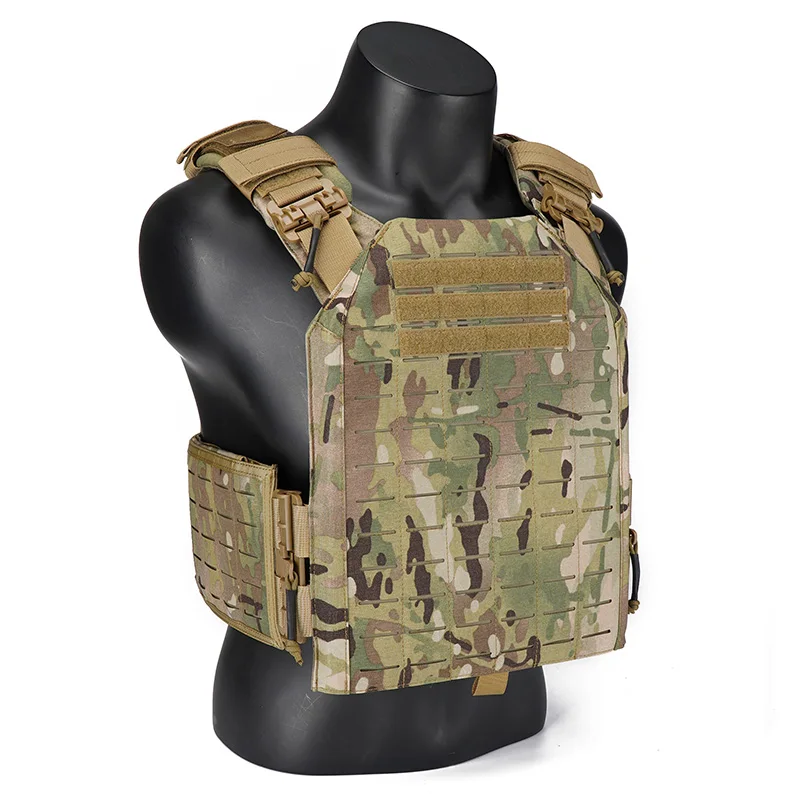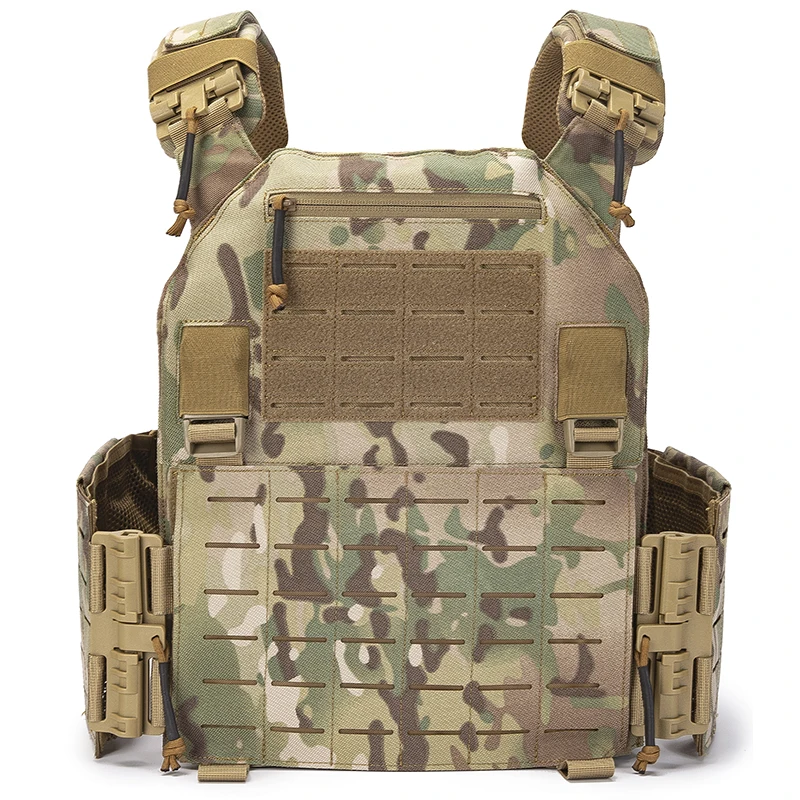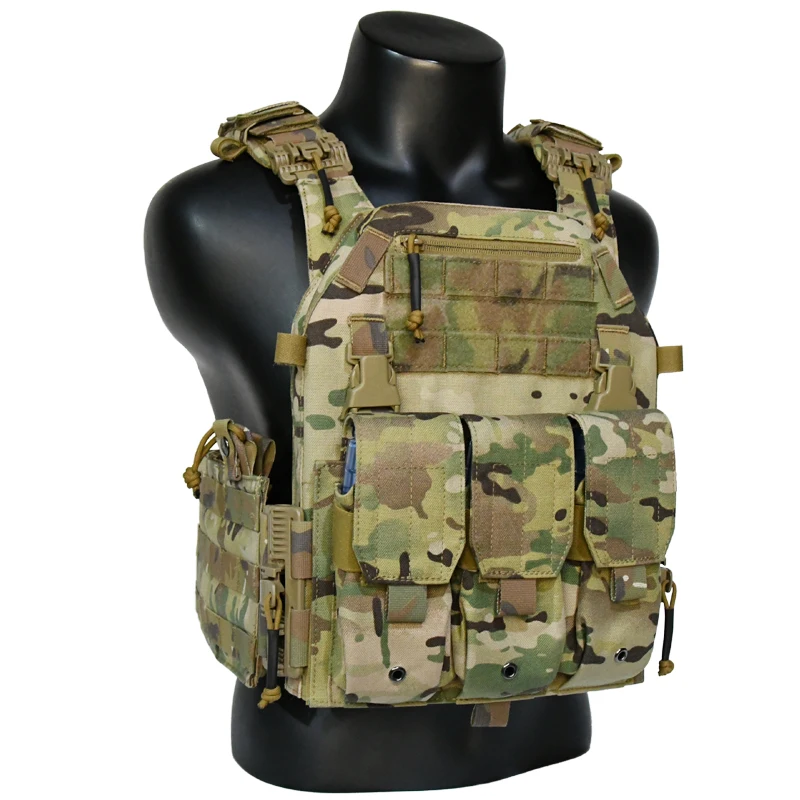Tactical Gear
PRODUCTS
Best Tactical Backpacks For Every Adventure
Durability and Construction
A tactical backpack needs to be built to last. Look for backpacks made from high-quality, durable materials like ballistic nylon or ripstop fabric. These materials are resistant to abrasions, tears, and punctures, ensuring your gear stays safe even in harsh conditions. Pay close attention to the stitching; strong, reinforced stitching is critical for longevity. Consider the weight of the backpack itself – a lighter backpack will be more comfortable for long treks, but don't sacrifice durability for weight savings.
Beyond the material, the construction is equally important. Reinforced stress points, such as the shoulder straps and base, are crucial for preventing premature wear and tear. Well-placed padding can protect your gear from impacts and provide added comfort during extended use. Check for features like heavy-duty zippers and buckles that won't easily break under pressure. A well-constructed backpack is an investment that will pay dividends over many adventures.
Organization and Compartmentalization
Effective organization is key to a successful adventure. Tactical backpacks excel in this area, offering a variety of compartments, pockets, and pouches to keep your gear organized and easily accessible. Look for backpacks with multiple main compartments, smaller zippered pockets for smaller items, and external MOLLE webbing for attaching additional pouches or accessories. Think about how you plan to use the pack – if you're carrying a lot of electronic equipment, dedicated padded compartments are essential to protect them from damage.
Internal organization is also crucial. Consider backpacks with dividers or compression straps to help keep your gear secure and prevent shifting during movement. Dedicated hydration bladder compartments are a great addition for staying hydrated on long hikes or expeditions. Efficient compartmentalization allows you to quickly locate your gear, saving you valuable time and preventing frustration in stressful situations.
Comfort and Ergonomics
Comfort is paramount, especially during long treks or extended use. Look for backpacks with adjustable, padded shoulder straps and a supportive waist belt. A properly adjusted pack should distribute the weight evenly, preventing strain on your shoulders and back. Breathable mesh padding on the back panel helps to improve ventilation and prevent overheating.
Ergonomic features play a significant role in comfort. Consider the overall design of the backpack; a well-designed pack will conform to your body's natural curves, providing a comfortable and secure fit. Adjustable sternum straps help to stabilize the pack and prevent it from shifting, while padded hip belts distribute the weight to your hips, reducing the strain on your shoulders. The more adjustable the backpack, the better it will conform to your individual needs.
Features and Functionality
Tactical backpacks often boast a range of additional features that enhance their functionality. Water resistance or waterproof coatings are crucial for protecting your gear from the elements. Hidden compartments provide a secure place to store valuables. Reinforced carrying handles allow you to easily lift and carry the pack when not on your back. MOLLE webbing systems allow you to customize the pack with additional pouches and accessories to meet your specific needs.
Consider the size and capacity of the backpack in relation to your typical needs. A smaller pack might be ideal for day trips, while a larger pack might be necessary for multi-day expeditions. Think about the types of activities you'll be using the backpack for – if you're planning on hiking in rugged terrain, a pack with a sturdy frame and ample support is essential. Choosing a backpack with the right features will significantly improve your experience and ensure you're prepared for whatever comes your way.
SUBSCRIBE
INQUIRY










